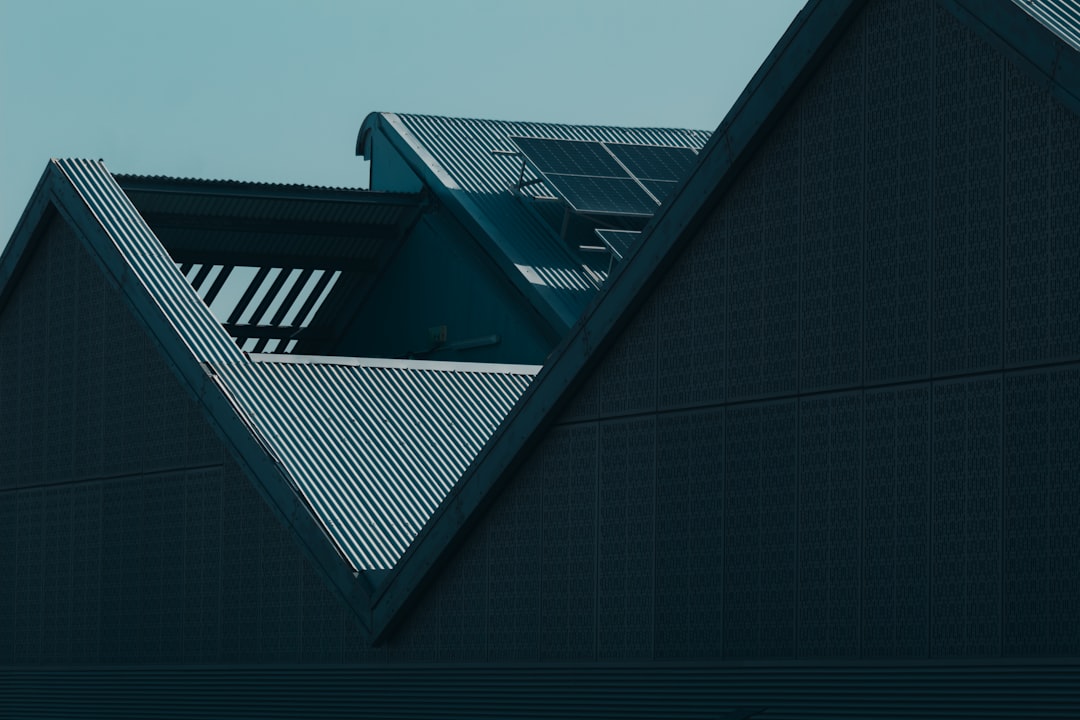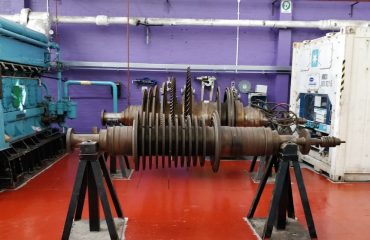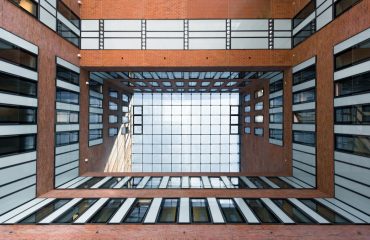body {
font-family: sans-serif;
line-height: 1.6;
margin: 20px;
}
h1, h2, h3 {
color: #333;
}
img {
max-width: 100%;
height: auto;
display: block;
margin: 20px auto;
}
In the ever-evolving landscape of modern architecture, the pursuit of innovative, sustainable, and structurally sound solutions is paramount. IPE beams, renowned for their exceptional strength and versatility, are increasingly becoming a cornerstone of contemporary building designs. This comprehensive guide delves into the multifaceted advantages of IPE beams, exploring their role in shaping the future of architectural innovation.
Unmatched Structural Integrity of IPE Beams
IPE beams, or Parallel Flange I-beams, are hot-rolled steel sections characterized by their parallel flanges and a web of varying depth. This design optimizes their strength-to-weight ratio, making them exceptionally efficient load-bearers. Their high yield strength allows for the creation of longer spans with minimal deflection, opening up possibilities for expansive open-plan spaces and minimalist designs. The precision manufacturing process ensures consistent quality and dimensional accuracy, simplifying installation and reducing construction time. Furthermore, IPE beams’ inherent resilience makes them suitable for applications in high-traffic areas and regions prone to seismic activity, providing a robust and reliable structural foundation.
Aesthetic Versatility in Modern Architectural Designs
Contrary to the perception that structural elements must be purely functional, IPE beams offer a surprising degree of aesthetic versatility. Their clean, linear profile seamlessly integrates into various architectural styles, from industrial chic to contemporary minimalist designs. Architects can creatively expose IPE beams, transforming them into striking visual elements that add character and depth to interior spaces. Alternatively, they can be concealed within ceilings or walls, providing robust support without compromising the overall aesthetic. The potential for customization, including surface treatments like powder coating or painting, further enhances their adaptability to diverse design schemes.
Sustainability and Environmental Considerations
In an era of heightened environmental awareness, the sustainability of building materials is a critical factor. IPE beams contribute positively to sustainable building practices through their recyclability. Steel is a readily recyclable material, minimizing waste and reducing the environmental impact associated with construction and demolition. Furthermore, the longevity and durability of IPE beams contribute to the overall lifespan of a building, reducing the need for frequent replacements and associated resource consumption. The use of IPE beams can contribute to achieving LEED certification, a globally recognized standard for green building design.
Cost-Effectiveness and Long-Term Value
While the initial cost of IPE beams might seem higher compared to some alternative materials, their long-term cost-effectiveness is undeniable. Their exceptional strength allows for the use of fewer beams, reducing material costs and labor expenses. The minimal maintenance required throughout their lifespan further contributes to cost savings. Moreover, the durability and longevity of IPE beams translate into a significant return on investment, as they require minimal repairs or replacements over many years. This makes them a financially sound choice for both residential and commercial projects.
Future Trends and Innovations in IPE Beam Applications
The innovative applications of IPE beams continue to evolve. Recent advancements in steel manufacturing techniques have led to the development of lighter and stronger IPE beams, further enhancing their versatility. The integration of IPE beams with advanced building information modeling (BIM) software is streamlining the design and construction process, improving accuracy and reducing errors. Furthermore, research is ongoing into the development of sustainable coatings and treatments for IPE beams, enhancing their corrosion resistance and extending their lifespan. As architectural designs become increasingly complex and ambitious, IPE beams are poised to play an even more significant role in shaping the future of the built environment.
In conclusion, IPE beams are not just structural components; they are versatile design elements that contribute to the creation of innovative, sustainable, and aesthetically pleasing modern buildings. Their combination of strength, versatility, cost-effectiveness, and sustainability makes them a compelling choice for architects and engineers seeking to build structures that are both functional and visually stunning.
SEO Tags:
- IPE Beams
- Modern Architecture
- Steel Beams
- Structural Steel
- Sustainable Building Materials




